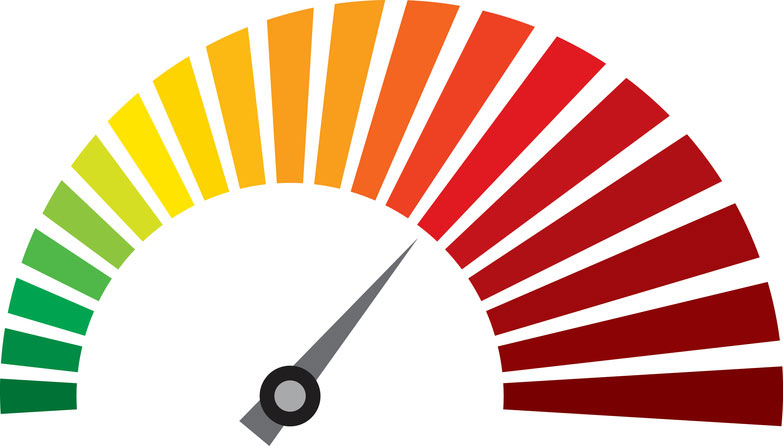
In the grand tapestry of the digital age, where streams of data weave through the ether, connecting us to the vast expanse of the internet, there lies a potential snag that could unravel your online experience: throttling. Throttling, a term that conjures images of restricted flow or constrained capacity, is indeed a method employed by some Internet Service Providers (ISPs) to intentionally slow down your internet speeds. This act, often unseen but deeply felt, can turn a once swift stream into a trickle, akin to the frustration of sipping a thick milkshake through a narrow straw. As we explore this digital quandary, let’s also consider the role of Wi-Fi hotspots, those oases in the desert of connectivity, and how they play into this complex web of data flow and restriction.
The Symptoms of Throttling: Diagnosing a Sluggish Connection
Throttling can be as elusive and vexing as a chameleon blending into its surroundings, making it challenging to detect. Symptoms may include videos that buffer endlessly, downloads that crawl at a snail’s pace, or online games that lag at the most inopportune moments. These issues may initially seem like mere annoyances, but when they persist, they can signal that your ISP is applying the brakes to your internet speed.
The Motives Behind Throttling: Unraveling the ISP’s Strategy
Why, you might wonder, would your guardian of the digital gates choose to throttle your connection? The reasons are as varied as the stars in the sky. Some providers may throttle during peak usage times to alleviate congestion and ensure a more stable connection for all users. Others might impose limits on users who consume an inordinate amount of bandwidth, viewing them as monopolizing the communal digital resources. Regardless of the rationale, the outcome is the same: a diminished online experience for those affected.
Detecting the Undetectable: Tools to Uncover Throttling
Unmasking throttling requires a detective’s keen eye and the right tools. Speed tests can offer a snapshot of your current internet speeds, serving as a baseline for comparison. Conducting these tests at different times of the day, especially during peak hours, can reveal patterns of slowdown. Furthermore, using a VPN can help ascertain if throttling is occurring. By encrypting your internet traffic, a VPN makes it difficult for your ISP to scrutinize and subsequently throttle specific types of data, offering a clearer picture of any artificial speed limits being imposed.
Navigating the Throttling Maze: What You Can Do
Finding yourself in the grips of throttling can feel like being trapped in a labyrinth with no clear exit. Yet, there are pathways to potentially mitigating this restriction:
- Open Dialogue with Your ISP: Sometimes, the simplest approach is to engage in a candid conversation with your provider. Inquiring about your current plan’s limitations or any network management policies in place can shed light on your situation and reveal potential solutions.
- Upgrade Your Plan: If your internet consumption consistently hits the upper bounds of your current plan, considering an upgrade might alleviate throttling issues, providing you with a broader bandwidth boulevard to travel.
- Utilize Wi-Fi Hotspots: In situations where throttling becomes unbearable, Wi-Fi hotspots can serve as temporary refuges, offering unthrottled connections for urgent tasks or simply as a means to enjoy streaming services without interruption.
- Advocate for Net Neutrality: On a broader scale, advocating for net neutrality can contribute to a future where ISPs are less inclined or able to throttle user connections without clear, justifiable reasons.
The Ethical Quandary: Reflecting on Throttling’s Place in the Digital Ecosystem
As we navigate the complexities of throttling, it’s worth pondering the ethical dimensions of this practice. In the vast digital ecosystem, ISPs hold considerable power over the flow of information. The act of throttling, while practical from a network management perspective, raises questions about fairness, transparency, and the equitable distribution of digital resources.
In Conclusion: Charting Your Course Through Throttled Waters
Throttling, with its capacity to dampen the vibrancy of our online experiences, presents a challenge that requires vigilance, understanding, and sometimes, creative problem-solving. By arming yourself with knowledge and the right tools, you can better navigate the potentially throttled currents of the digital river, ensuring that your journey through the internet remains as unimpeded as possible. Whether through direct action, strategic adjustments, or broader advocacy, the quest for a free and flowing digital experience is one that continues to evolve, reflecting our collective aspirations for an open and accessible internet.
Source: Explore





